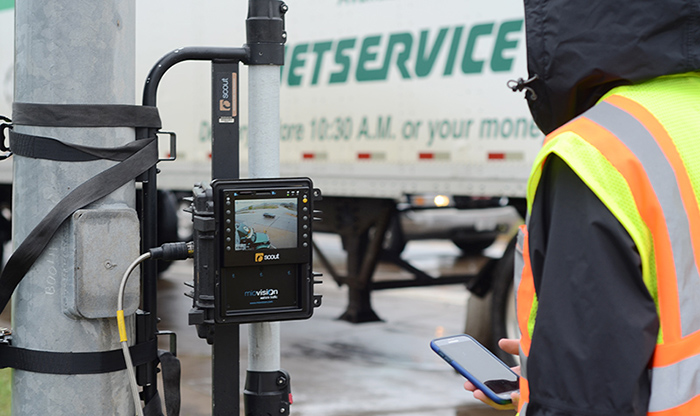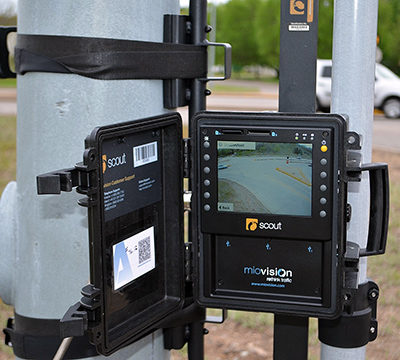It All Counts: Video Data Collectors Do Much More Than Tally Vehicles

By Alexander Cowan, PE
Engineers and state Departments of Transportation are always looking for ways to improve safety for the traveling public – and they’re continually seeking more efficient ways to do it.
A great example of an innovative approach is the use of MioVision Scout video data collection units. The portable units allow transportation engineers to perform traffic counts in a safer and more streamlined fashion. They also bring back more detailed data, which in turn helps to fine-tune the process of determining current levels of traffic and the need for future transportation projects to address the traffic bottlenecks documented by the data.

About the Expert:
Alexander Cowan, PE, is a traffic engineer in our Transportation Division based in the Waukesha, Wisconsin, office. He performs traffic analysis, transportation management plans, and intersection and signal design and specializes in microsimulation modeling.
So how exactly do these video counters make for better traffic counting? Instead of manually counting traffic from the roadside, analysts count traffic electronically by mounting all-weather cameras to a pole or tripod and getting a clear view of the action on the roadway. The device can be set to record for short or long durations; the video collected is then processed and an electronic traffic count summary is produced.
Information collected can also be easily shared with important stakeholders, including elected officials, public works staff, and members of the public.
 The cameras can distinguish between different vehicle classifications and can track pedestrian and bicyclist movements. These cameras make for a great alternative to manual counting; not only is the data collected frequently more accurate than sending a person into the field, but some counts also are collected over an extended period of time.
The cameras can distinguish between different vehicle classifications and can track pedestrian and bicyclist movements. These cameras make for a great alternative to manual counting; not only is the data collected frequently more accurate than sending a person into the field, but some counts also are collected over an extended period of time.
Another benefit is that the video-gathered data can be reviewed several times to learn several layers of information. Imagine you’re trying to track the amount of time between cars or count how many cars are getting through each cycle. To collect multiple layers of information manually, it would have required two or more people. The ability to go back and review the same data set multiple times simplifies this process, providing a lot of value to both the traffic engineer and traffic analyst.
Questions about traffic counting or video data collection? Contact any of our traffic engineering leads.

Post a comment: